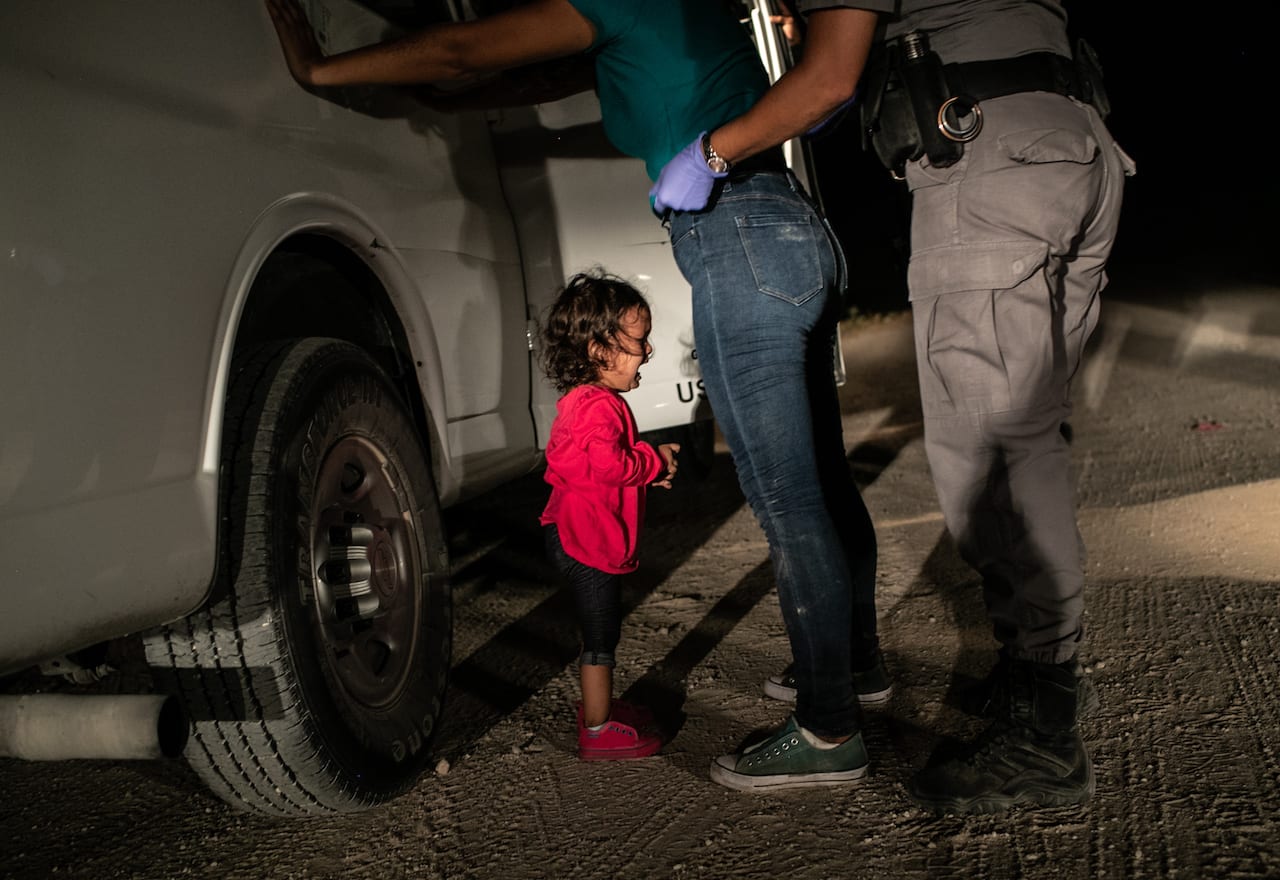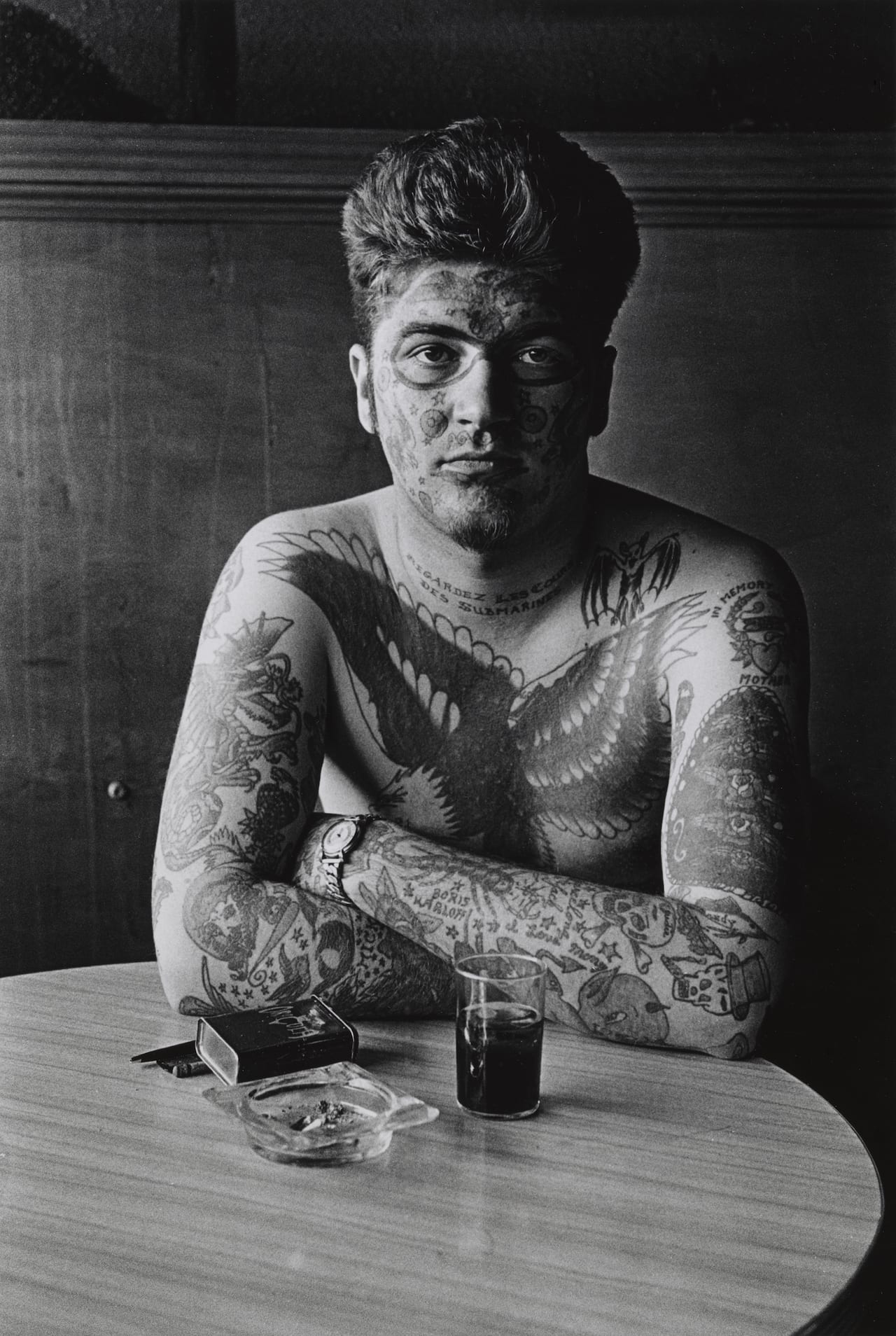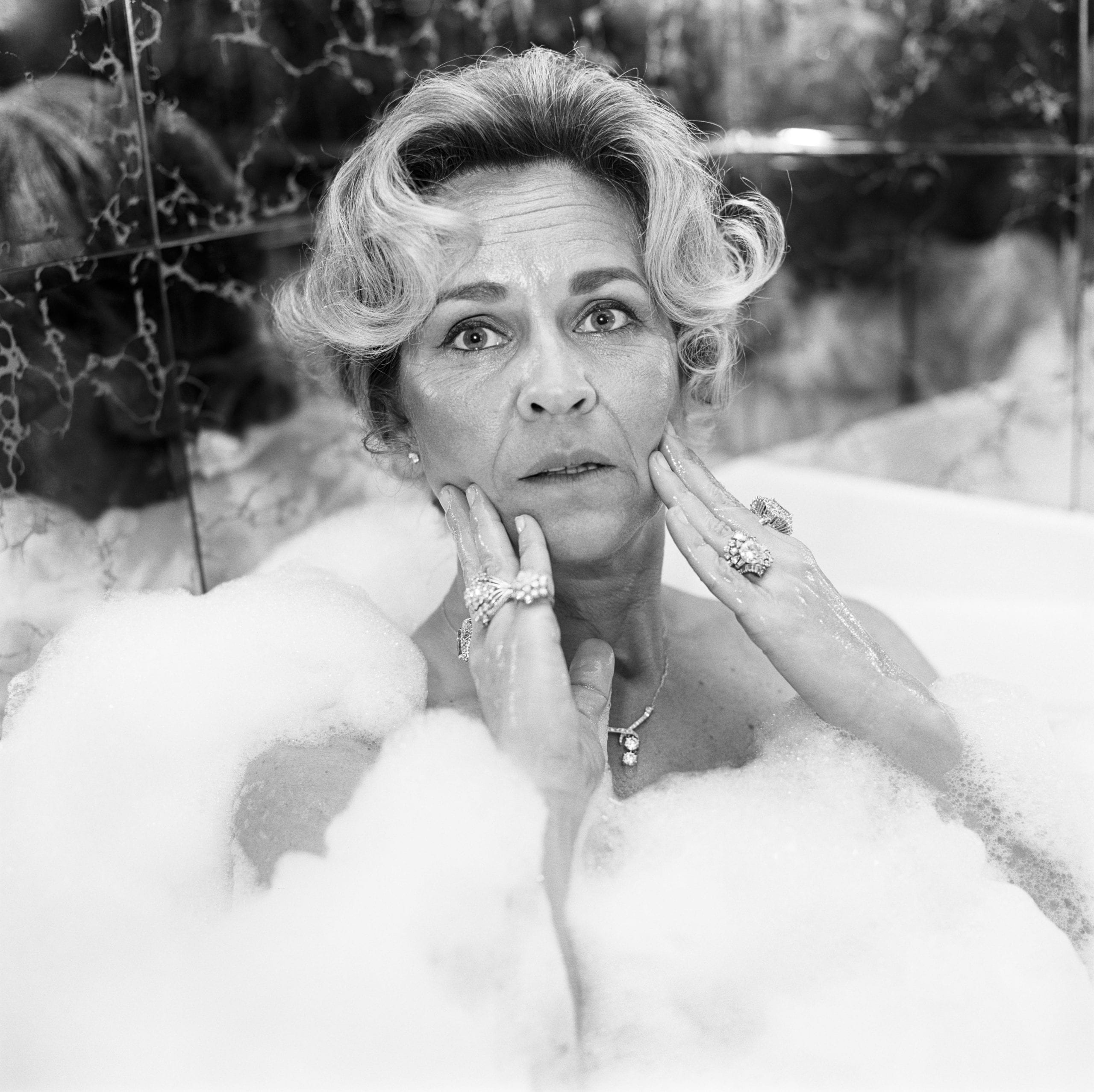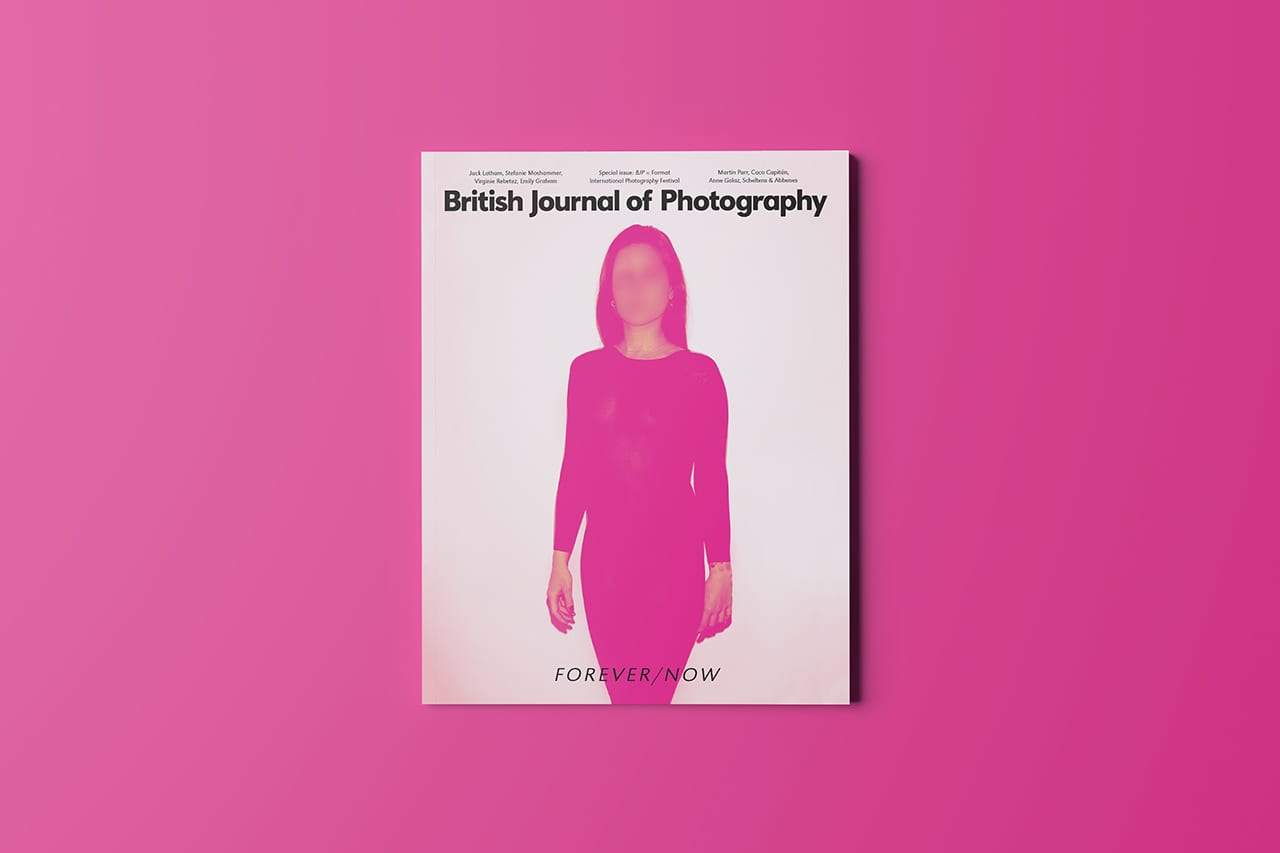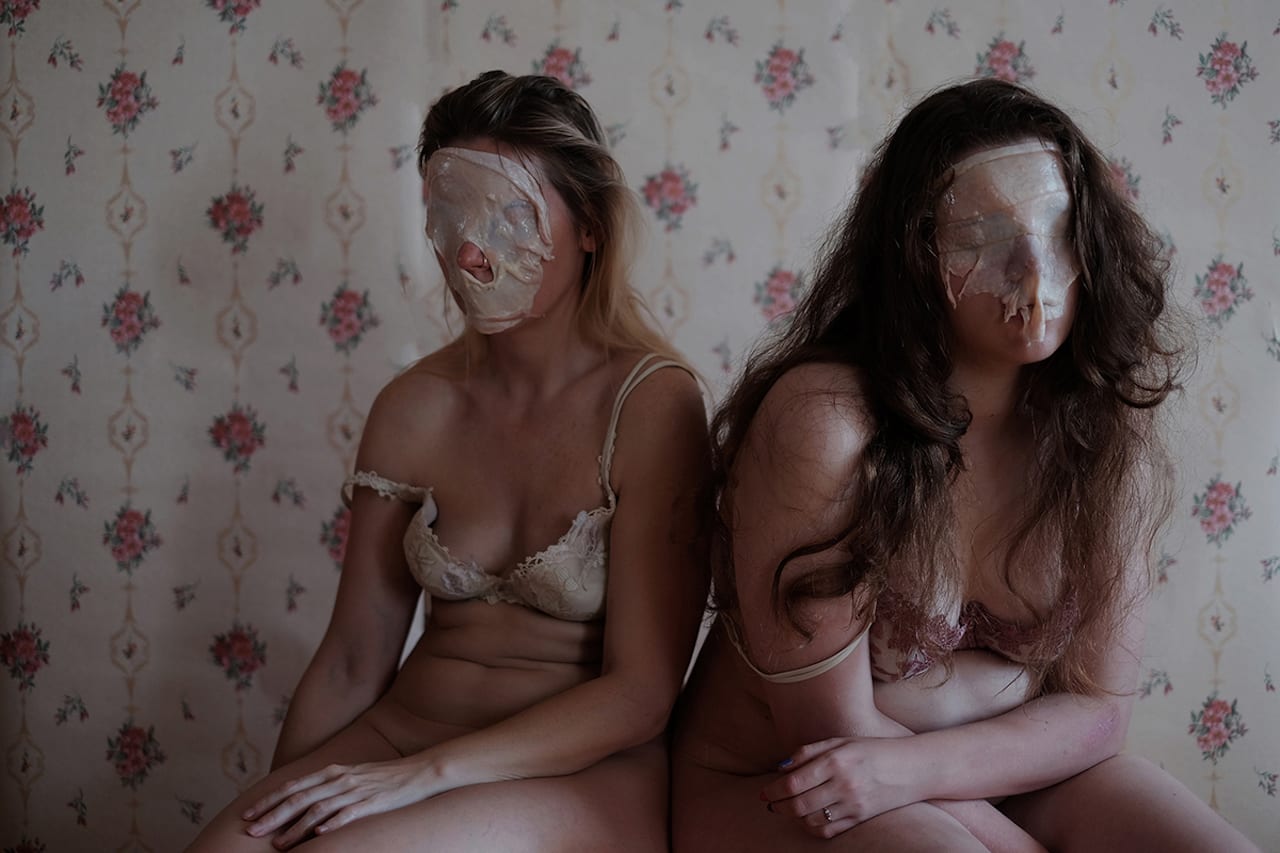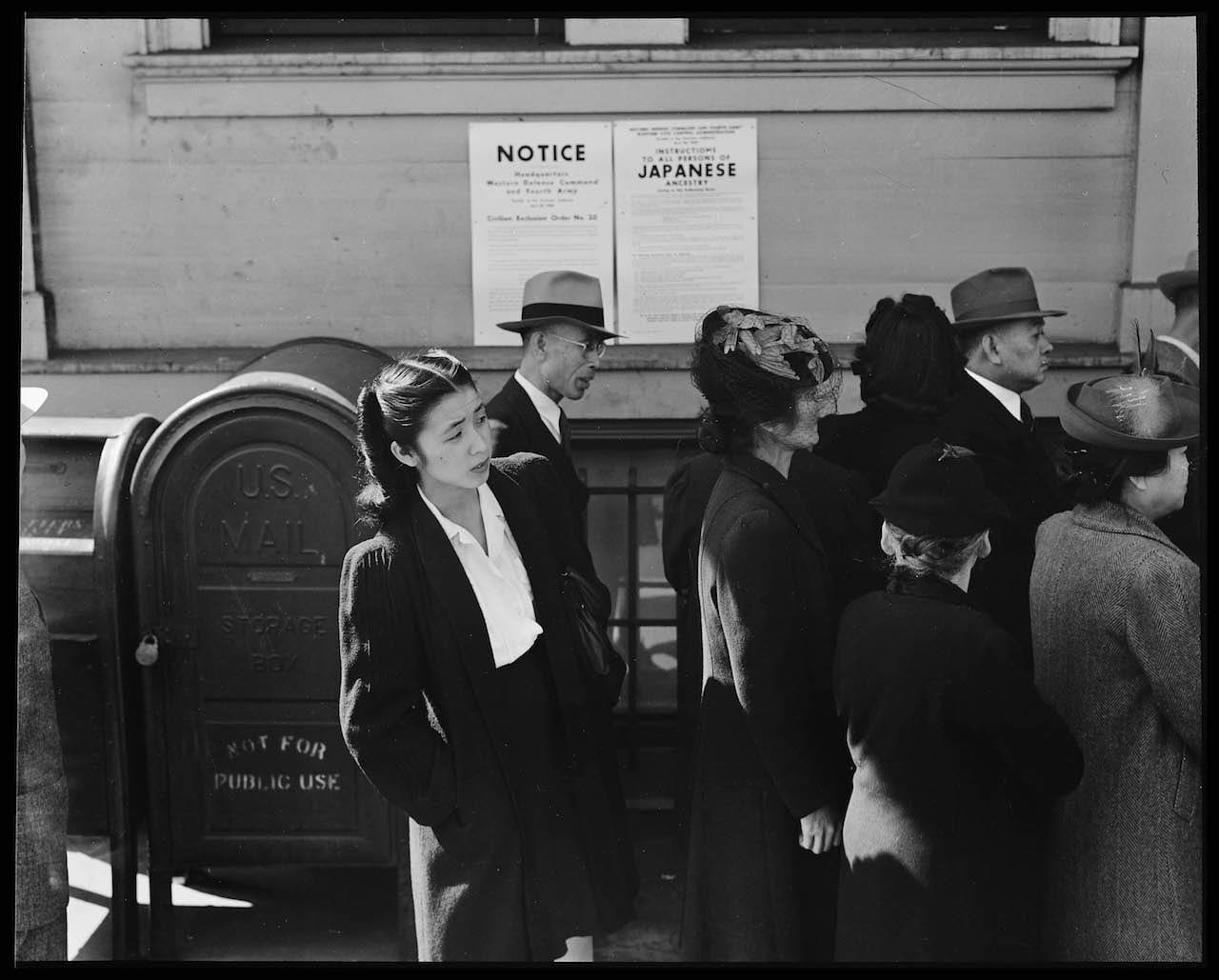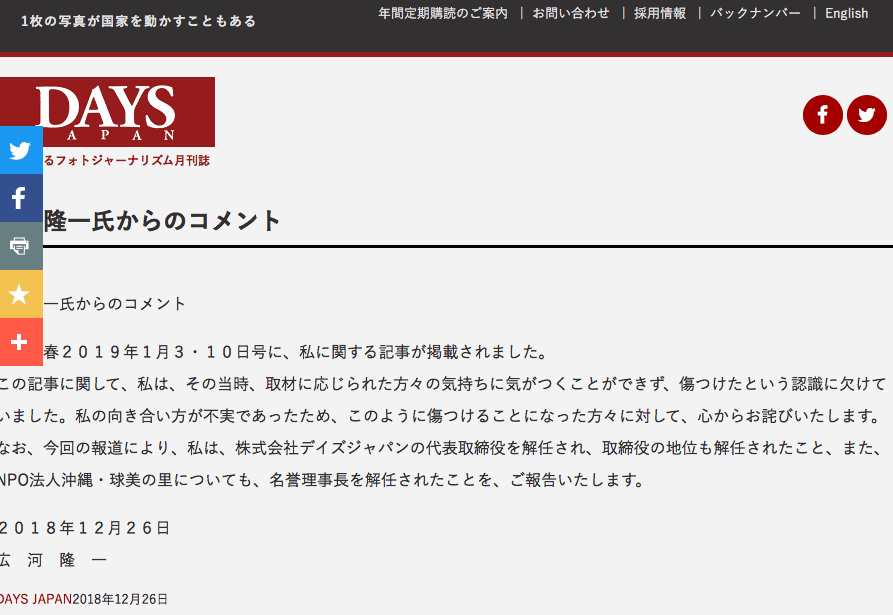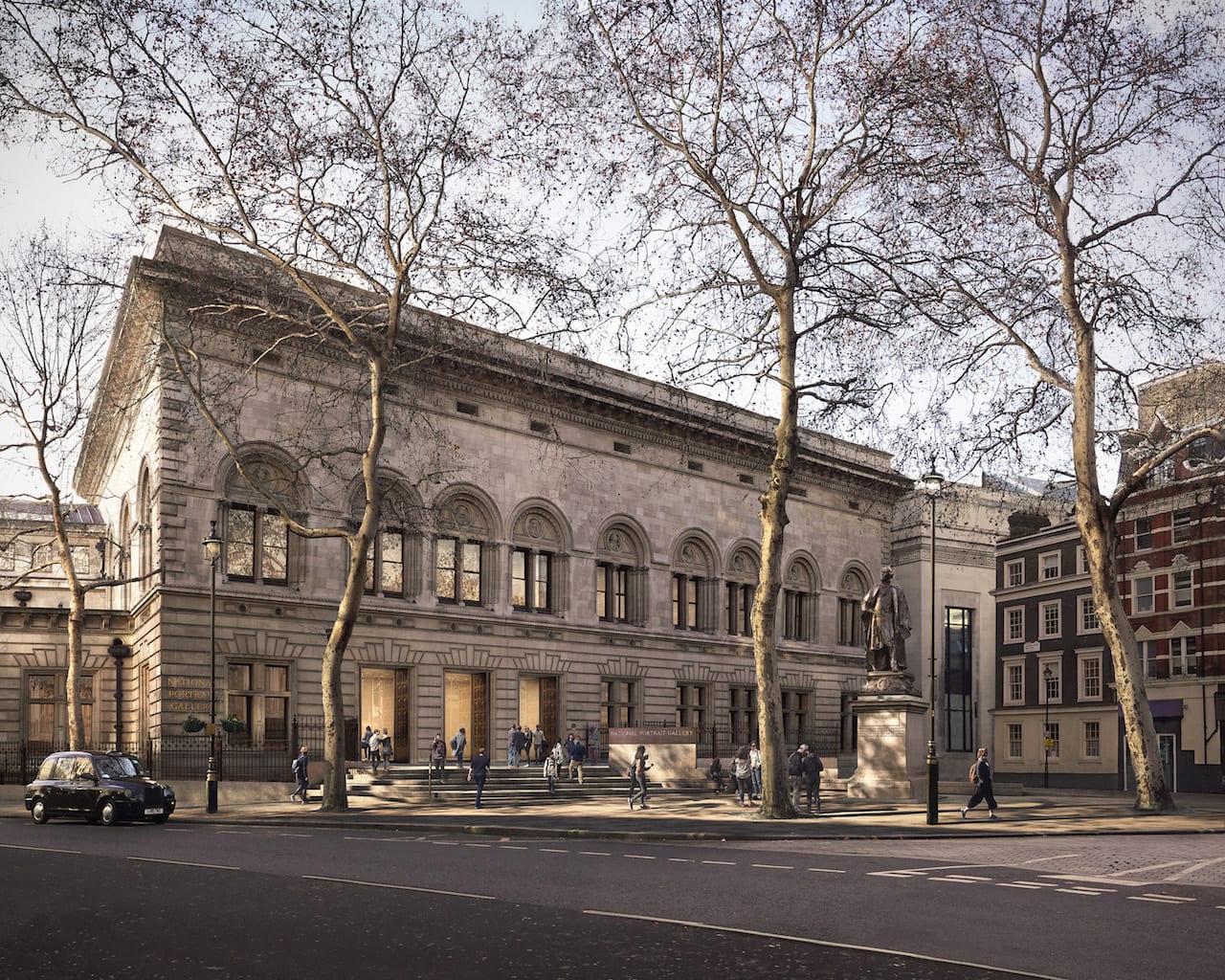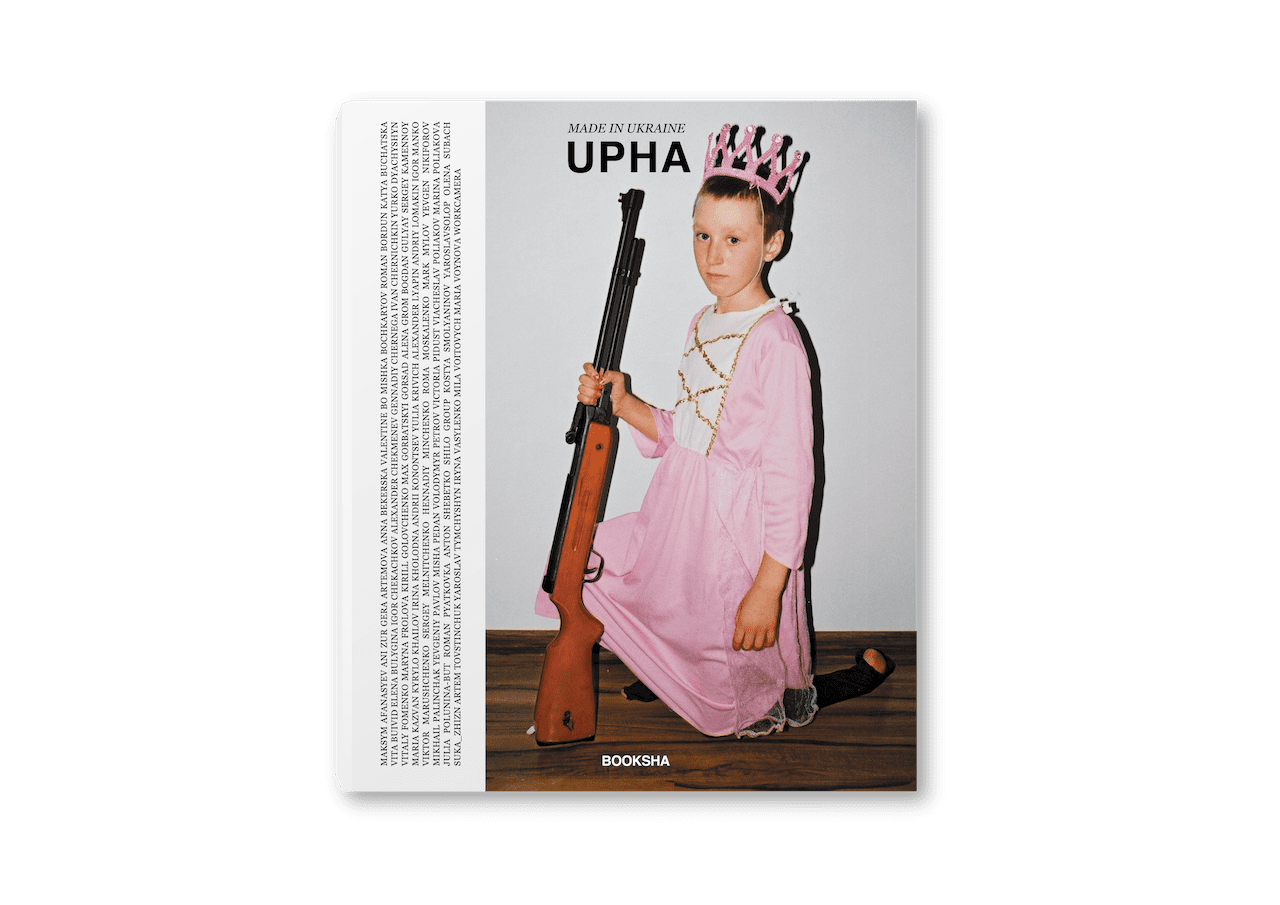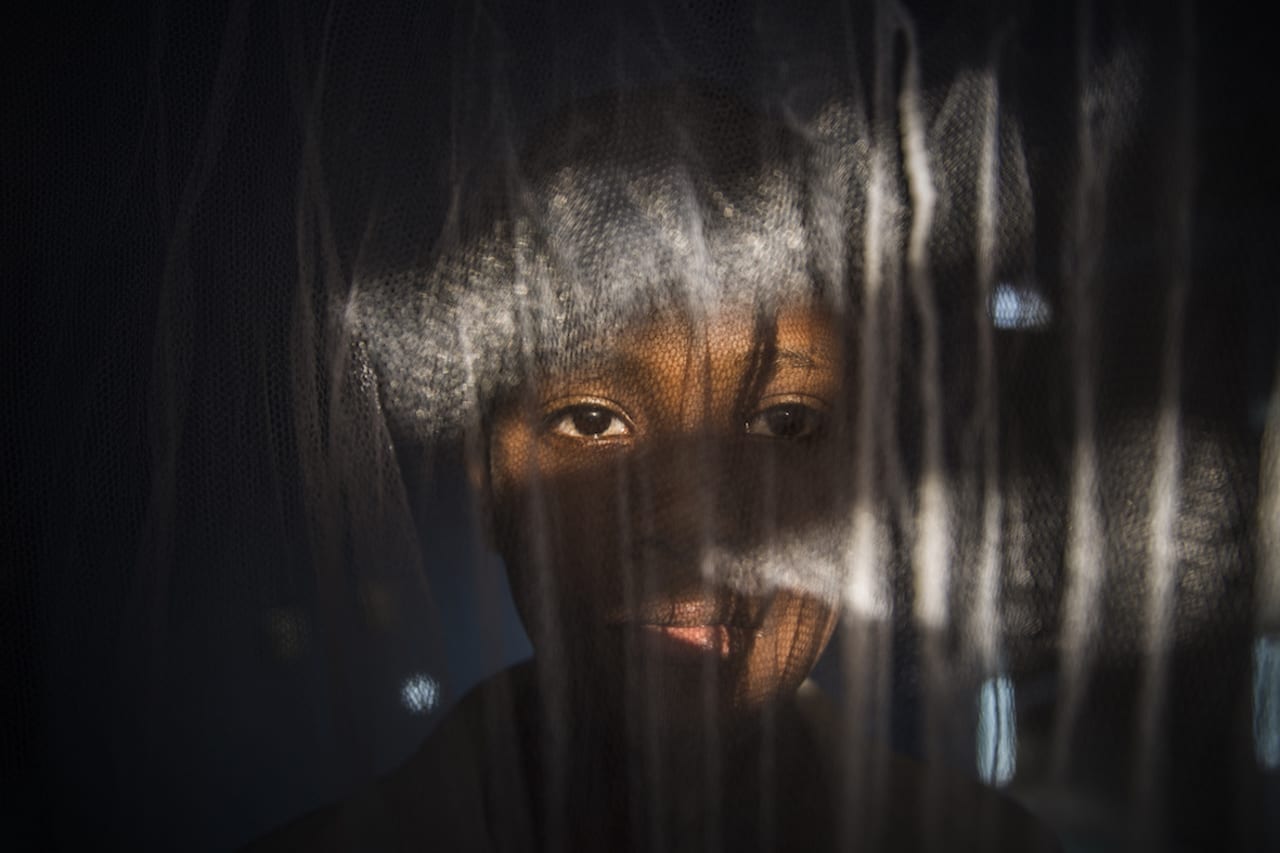A shortlist of six images have been announced for this year’s World Press Photo of the Year, and three photographers shortlisted for a new award that celebrates visual storytelling – the World Press Story of the Year.
The six images shortlisted for World Press Photo of the Year are: Victims of an Alleged Gas Attack Receive Treatment in Eastern Ghouta by Mohammed Badra (Syria); Almajiri Boy by Marco Gualazzini (Italy); Being Pregnant After FARC Child-Bearing Ban by Catalina Martin-Chico (France/Spain); Covering the Disappearance of Jamal Khashoggi by Chris McGrath (Australia); Crying Girl on the Border by John Moore (United States); and Akashinga – the Brave Ones by Brent Stirton (South Africa).
The three nominees for the World Press Story of the Year are Marco Gualazzini (Italy), Pieter Ten Hoopen (Netherlands/Sweden), and Lorenzo Tugnoli (Italy) – making Gualazzini the first photographer to have been nominated for both the World Press Photo of the Year and the World Press Story of the Year.

